What's In Blue
Latest post: Thu 25 Jul 2024Insights on the work of the UN Security Council
The Middle East, including the Palestinian Question: Briefing on the Humanitarian Situation in Gaza*
Tomorrow morning (26 July), the Security Council will hold a briefing on “The situation in the Middle East, including the Palestinian question”. Algeria, China, and Russia called for the meeting to discuss the humanitarian situation in Gaza. The expected briefers are Antonia Marie De Meo, Deputy Commissioner-General (Operational Support) of the UN Relief and Works Agency for Palestine Refugees in the Near East (UNRWA)*, and Muhannad Hadi, Deputy Special Coordinator and Resident and Humanitarian Coordinator at the Office of the UN Special Coordinator for the Middle East Peace Process (UNSCO).
Hadi is expected to provide an update on the dire humanitarian situation in the Gaza Strip. Among other issues, he might focus on the factors that are impeding the provision of aid at scale to Palestinians in need. A 24 July OCHA humanitarian response update says that several issues—such as insecurity, repeated displacement, the disruption of aid flows, the breakdown of law and order, and the denial of entry of critical items—have hindered the humanitarian response by the UN and its partners, including by hampering the movement of aid inside Gaza and hindering early detection of children and women requiring nutrition services. The update notes that denied items include mine action supplies, dignity and menstrual hygiene management kits, and assistive devices for persons with disabilities, and says that restrictions by the Israeli authorities on “the transport of shelter materials between northern and southern Gaza” have resulted in partners being unable to “cover needs as they arise”.
Continue reading-
Tomorrow morning (25 July), the Security Council will convene for an open briefing under the “Threats to international peace and security” agenda item. Russia, which serves as July’s Council president, initiated the meeting in its national capacity to discuss the supply...
-
Tomorrow morning (23 July), the Security Council will hold its regular monthly open briefing and closed consultations on Yemen. UN Special Envoy for Yemen Hans Grundberg and Acting Under-Secretary-General for Humanitarian Affairs Joyce Msuya are expected to brief in the...
-
This afternoon (22 July), the Security Council will hold an open briefing under the “Threats to international peace and security” agenda item. The P3 members (France, the UK, and the US) requested the meeting on Friday (19 July), soon after...
-
Tomorrow morning (19 July), the Security Council will hold a debate on cooperation between the UN and regional and subregional organisations, focusing on the role of the Collective Security Treaty Organization (CSTO), the Commonwealth of Independent States (CIS), and the...
-
On Friday afternoon (19 July), the Security Council is expected to vote on a draft resolution co-penned by Malta and the US strengthening the mandate of the Focal Point for Delisting, which was established by resolution 1730 of 19 December 2006 to...
-
Tomorrow (17 July), the Security Council will hold its quarterly open debate on “The situation in the Middle East, including the Palestinian question”. Russia, which holds the rotating presidency of the Security Council for the month of July, has chosen...
-
Tomorrow (16 July), the Security Council will convene for a ministerial-level open debate on “Multilateral cooperation in the interest of a more just, democratic and sustainable world order” under the “Maintenance of international peace and security” agenda item. Russian Foreign...
-
Tomorrow morning (12 July), the Security Council is expected to vote on a draft resolution renewing the mandate of the UN Integrated Office in Haiti (BINUH) for another year, until 15 July 2025. Ecuador and the US, the co-penholders on...
-
Tomorrow afternoon (11 July), the Security Council will hold an open briefing on Colombia. Special Representative and Head of the UN Verification Mission in Colombia Carlos Ruiz Massieu will brief on recent developments and the Secretary-General’s latest 90-day report on...
-
Tomorrow morning (9 July), the Security Council will convene for an emergency meeting on Ukraine. Ecuador and France, supported by Slovenia, the UK, and the US, requested the meeting following a series of Russian missile attacks targeting multiple cities across...
-
On Monday (8 July), Council members will convene for an Arria-formula meeting on “Stepping up Preventive Action: From Environmental Challenges to Opportunities for Peace”. Slovenia is organising the meeting together with Guyana, the Republic of Korea (ROK), and Sierra Leone....
-
On Monday morning (8 July), the Security Council will convene for an open briefing, followed by closed consultations, on the situation in the Democratic Republic of the Congo (DRC), including the work of the UN Organization Stabilization Mission in the Democratic Republic...
-
Tomorrow morning (3 July), following the consultations on Haiti, Security Council members are expected to discuss the humanitarian situation in Myanmar under “any other business”. The Republic of Korea (ROK), the UK, and the US requested the meeting after a...
-
Tomorrow morning (2 July), the Security Council will hold an open briefing, followed by closed consultations, on “The situation in the Middle East, including the Palestinian question”. Senior Humanitarian and Reconstruction Coordinator (SHRC) for Gaza Sigrid Kaag is expected to...
-
Russia is the president of the Security Council in July. Council members adopted the provisional programme of work for the month earlier today (1 July). Russia has chosen to organise three signature events this month. It will convene a ministerial-level...

